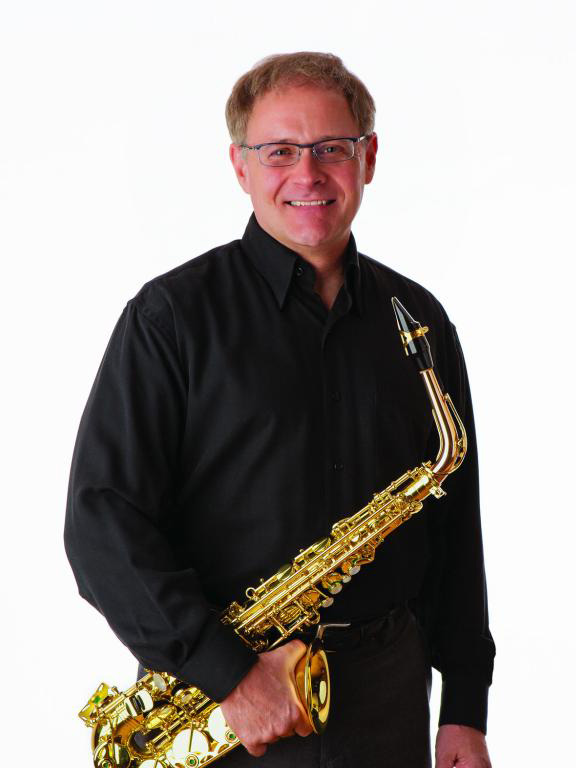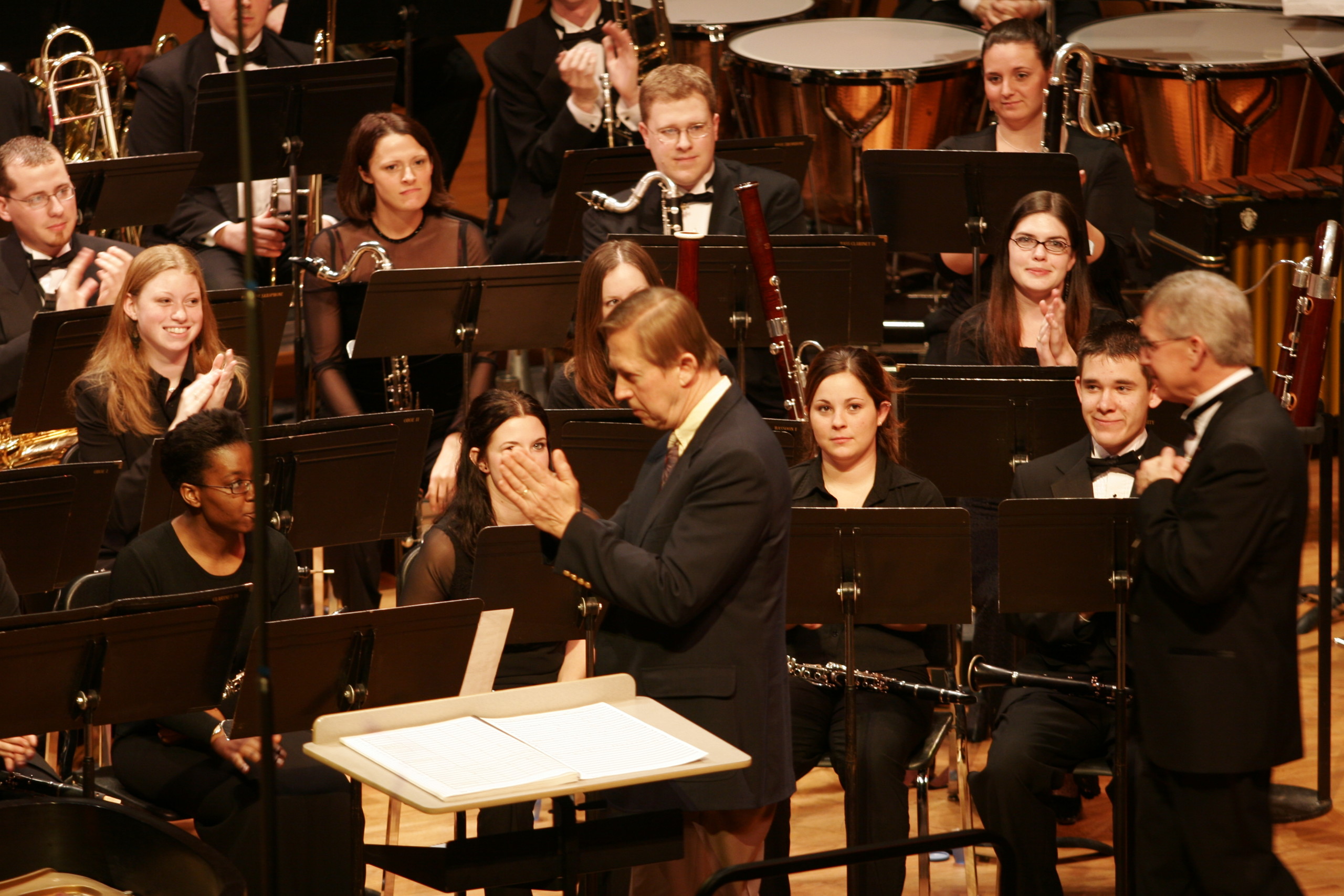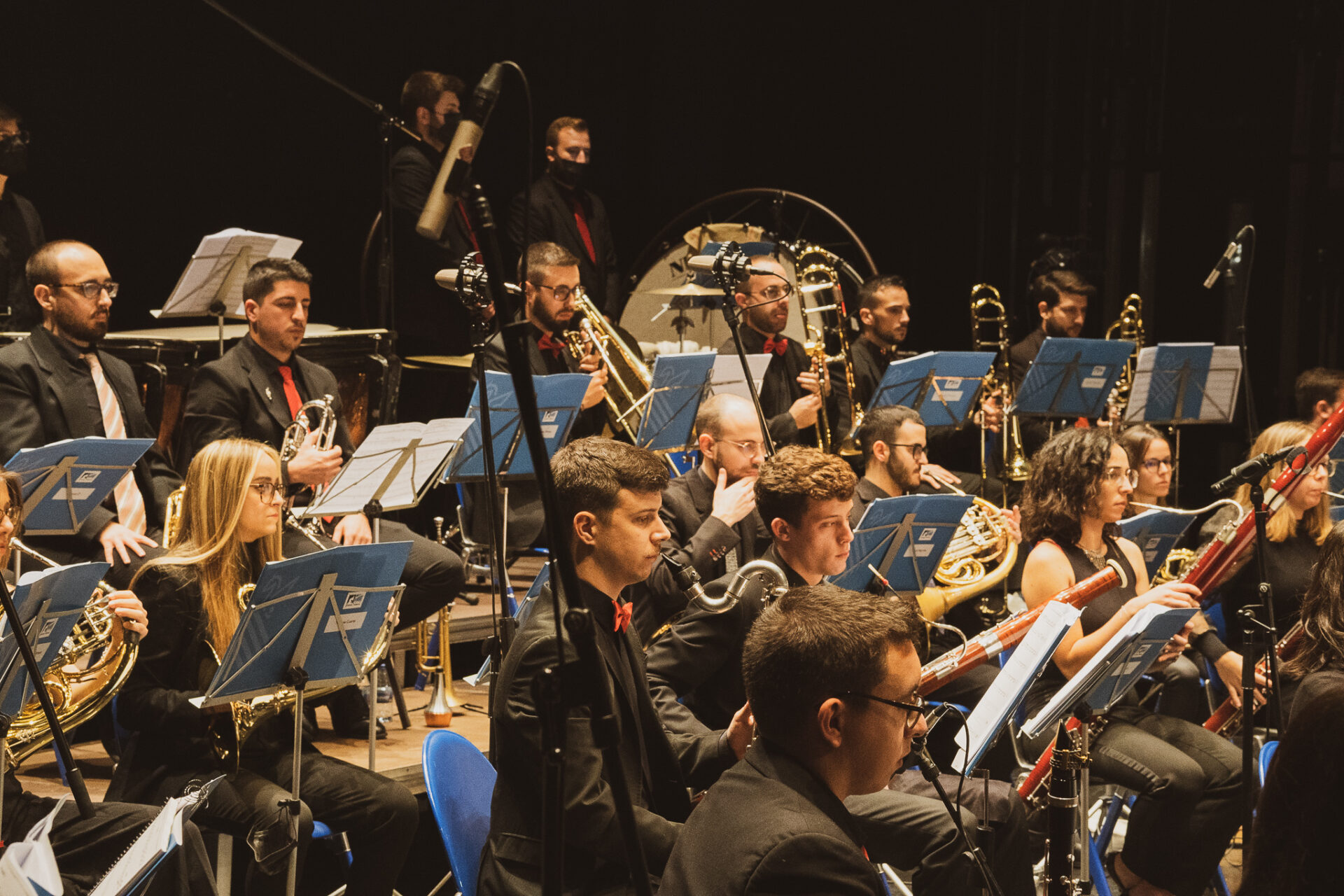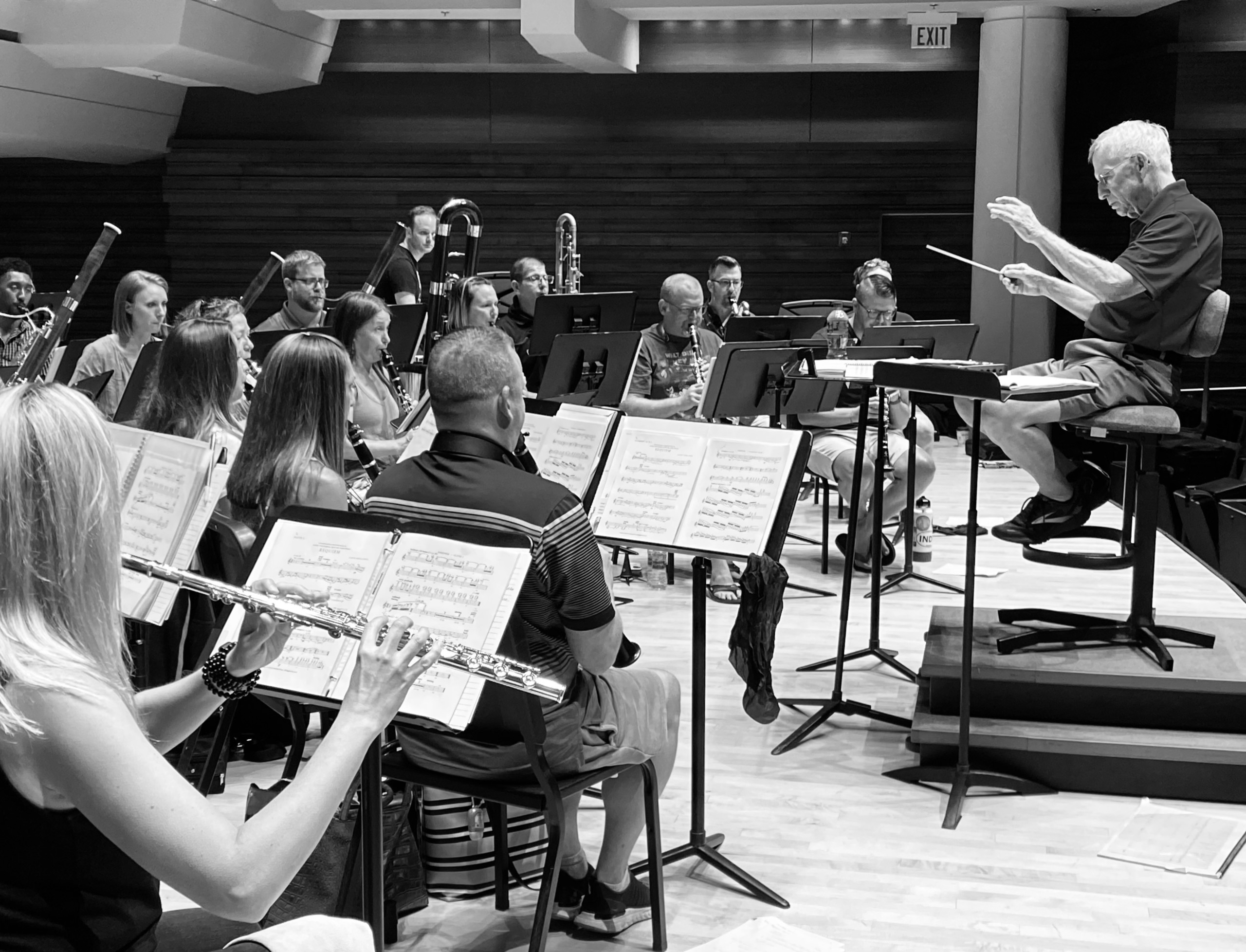To explain the presence of these hymns, at least in part, and to hint at the life of the Symphony, I must say something about my long-time fascination with Abraham Lincoln. From Carl Sandburg’s monumental Abraham Lincoln, I offer two quotes. The first is a description of Lincoln in death by his close friend David R. Locke:
“I saw him, or what was mortal of him, in his coffin. The face had an expression of absolute content, or relief, at throwing off a burden such as few men have been called on to bear – a burden which few men could have borne. I have seen the same expression on his living face only a few times, when after a great calamity he had come to great victory. It was the look of a worn man suddenly relieved. Wilkes Booth did Abraham Lincoln the greatest service man could possible do for him – he gave him peace.
The second, referring to the passage through the country from Washington D.C. to Springfield, Illinois of the coffin bearing Lincoln’s body:
To the rotunda of Ohio’s capitol, on a mound of green moss dotted with white flowers, rested the coffin on April 28, while 8,000 persons passed by each hour from 9:30 in the morning till four in the afternoon. In the changing red-gold of a rolling prairie sunset, to the slow exultation of brasses rendering Old Hundred, and the muffled boom of minute guns, the coffin was carried out of the rotunda and taken to the funeral train.
For me, Lincoln’s life and death are as critical today as they were more than a century ago. He remains a model for this age. Lincoln maintained in his person the tremendous struggle of opposites raging in the country in his time. He was inwardly open to the boiling chaos, out of which he forged the framework of a new unifying idea. It wore him down and killed him, as it wore and killed the hundreds of thousands of soldiers in the civil war, as it has continued to wear and kill by the millions up to the present day. Confirmed in the world by Lincoln was the unshakable idea of the unity of the human race, and by extension the unity of all life, and by further extension, the unity of all life with all matter, with all energy, and with the silent and seemingly empty and unfathomable mystery of our origins.
Out of chaos and the fierce joining of opposite comes new life and hope. From this impulse I used Old Hundred, known as the Doxology – a hymn of praise to God; Praise God from Whom all Blessings Flow; Gloria in excelsis Deo – the mid-sixteenth century setting of Psalm 100. Psalm 100 reads in part:
Make a joyful noise unto the Lord, all ye lands.
Serve the Lord with gladness: come before his presence with singing.
Enter into his gates with thanksgiving and into his courts with praise: be thankful unto him, and bless his name.
I have used Christian symbols because they are my cultural heritage, but I have tried to move through them to a depth of universal humanness, to an awareness that is not defined by religious label. My impulse through this music is to speak to the fundamental human issues of transformation and re-birth in this chaotic time.
Watch below as Kevin Michael Holzman leads the CCM Wind Symphony in a fantastic performance of this beloved work.
Enjoy the videos and music you love, upload original content, and share it all with friends, family, and the world on YouTube.
More info
Symphony No. 7
From David’s Program Note:
I am strongly affected by American folk songs and hymn tunes, and I think of this symphony as “old songs remembered.” With one exception all the tunes are original, but they all feel very familiar. The borrowed melody is from the 371 Four-Part Chorales by J.S. Bach. Each song has a bright side and a dark side, a surface and the dream underneath. Each is a signal or call which evokes an inner world of associations.
- Sunday night church services from my youth. Mrs. Smith played the piano. The opening piano solo is marked “enthusiastically” in the score. A dream travels to a far place.
- In the manner of an American folk song, with a setting that might have come out of the 19th or early 20th centuries.
- A ferocious fast music, unrelenting, determined to get a grip on chaos. Toward the end a fractious quote of the Bach Chorale melody “Du Friedensfurst Herr Jesu Christ” (Prince of Peace Lord Jesus Christ).
- A simple song of peace and healing.
Watch below as Stephen Meyer leads the NAU Wind Symphony in a powerful performance of Movement III, “Very Fast.”
David Maslanka Symphony No. 7, III. Very fast NAU Wind Symphony Live Stephen Meyer, conductor
More info
Symphony No. 2
From David’s Program Note:
Symphony No. 2 was commissioned by the Big Ten Band Directors Association in 1983. I was asked to write a major work for full band. The Symphony was given its premiere at the 1987 CBDNA Convention in Evanston, Illinois. The performing group was the combined Symphonic Band and Symphonic Wind Ensemble of Northwestern University under the direction of John P. Paynter.
The first movement is in sonata form. It travels with gathering force to a climax area halfway through, and then dissolves suddenly into a heated fantasia. A very simple restatement of the opening theme and a brief coda finish the movement. This music is deeply personal for me, dealing with issues of loss, resignation, and acceptance.
The second movement opens with an arrangement of “Deep River,” a traditional African-American melody. The words of the song read in part: “Deep River, my home is over Jordan. Deep River, Lord, I want to cross over to camp ground.” The composition of this movement involved for me two meaningful coincidences. The body of the movement was completed, and then I came across Deep River while working on another project. The song and my composition fit as if made for each other, so I brought the song into the Symphony. The last notes were put onto the score of this movement almost to the hour of the space shuttle Challenger disaster. The power of these coincidences was such that I have dedicated this music to the memory of the astronauts who lost their lives: Francis R. Scobee, Michael J. Smith, Judith A. Resnick, Ellison S. Onizuka, Gregory B. Jarvis, and Christa McAuliffe.
The finale of this Symphony is once again in sonata form. There are three broad theme areas occupying more than a third of the movement, a development based primarily on themes one and three, a recapitulation (minus the third theme area), and a brief coda. The underlying impulse of this movement is an exuberant, insistent outpouring of energy, demanding a high level of playing precision and physical endurance from the performers.
Watch below as Myron D. Welch leads the University of Iowa Symphonic Band in the magnificent premiere of Movement III, “Allegro Molto” from Symphony No. 2. This premiere performance (Movement III) took place on February 28, 1985 at the CBDNA National Convention held in Boulder, Colorado – about two years before Symphony 2 received its full premiere in Evanston, Illinois.
This video is about Maslanka
More info
We would love to hear from you! If you know of any outstanding performances of David Maslanka’s music on the web, please email us at maslankaweekly@maslanka.org.





